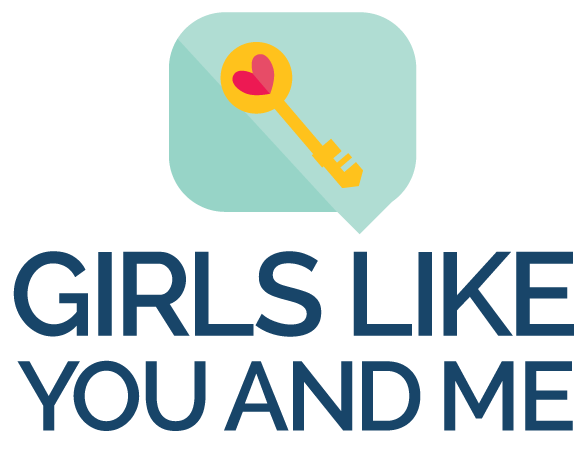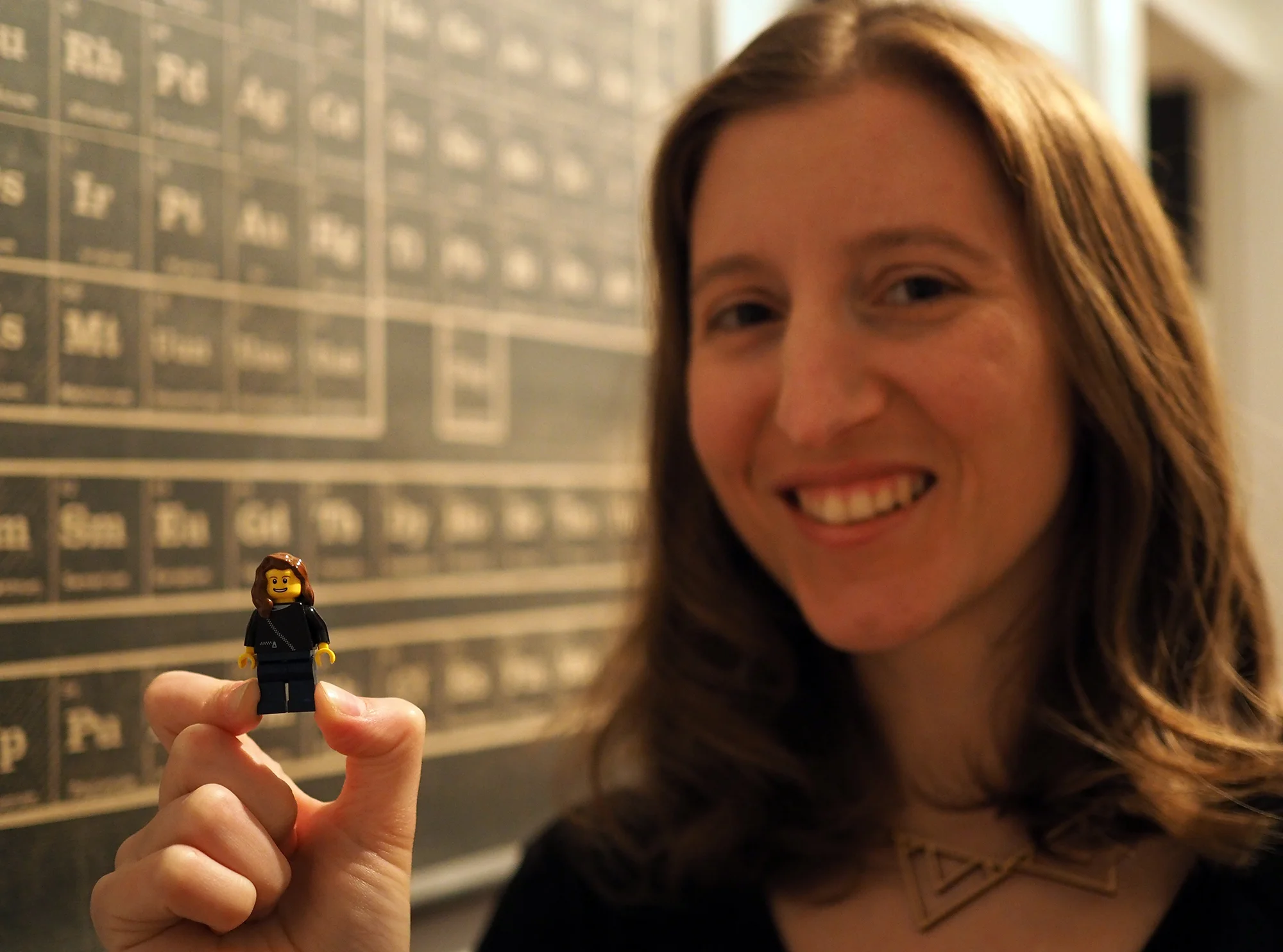Our Monday interview with Maia Weinstock didn't quite cover all the cool ways she spends her time, so I thought it would be fun to share some of the other things we talked about. Maia cares a lot about improving the visibility of women in STEM, and dedicates time and energy to raising their profile on several fronts- from Wikipedia to LEGOs.
Teaching about women in STEM
I'm about to teach a class in the fall, at MIT, which I'm really excited about, and it's going to be focusing on the history of women in science and engineering, so I'm excited about that opportunity. It's pretty rare to have a class that focuses exclusively on the history of women in science. I wish that more people would learn about some of these women as they're going through not just high school, but elementary school and high school and college. Slowly, this is becoming a subject that teachers are demanding, which I think is really important. But up until this decade, certainly, I think it's a subject that has been overlooked.
I've been thinking about these issues for a while, and it's great to see more books come out. I have this huge stack of books about women in the STEM fields. I have a whole book about black women in chemistry, and it never got the Hidden Figures treatment, which is a shame. At the same time, it's good that finally this idea that there are hidden figures out there that really deserve recognition is becoming more well-known.
Improving visibility of women on Wikipedia as writers and subjects
Women have often just not been written about, even though they've done plenty of fascinating things in history related to the STEM fields. At my last job, I was trying to find things to note that women had done on various days of the year, and it was very difficult to come across items on Wikipedia. There's a fairly large gender gap in Wikipedia, especially when it comes to biographies.
For a few years I ran quite a few edit-a-thons to encourage women to become editors. The focus of the edit-a-thons tended to be improving the visibility of women on Wikipedia. People are more cognizant of the gap. History has largely been written about men, by men, and so it's going to take a little while to kind of change that. There are a lot of people that are missing.
I remember this classic story that I told, before one of the Ada Lovelace Day edit-a-thons that I ran. There was this woman who worked closely with her husband trying to develop cochlear implants, and she had won this really, really major engineering award called the Lasker Award, and her husband hadn't won the award. She was the more well-recognized, and yet somehow her husband had a Wikipedia page and she didn't.
Freelancing with Scientific American
They have a blog system where people can submit blog posts, and I have done that for the past few years. It's really whatever I'm fascinated by and interested in. The last few years, that has been a lot regarding toys and representation of diversity in toys, specifically a lot about LEGO. Every year, I write up an article about some of the prominent women who have passed away in the previous year who had done amazing things in science that you might not have heard of. Occasionally I'll just write a longer piece about an individual person, some woman in science or engineering of some kind.
Mildred Dresselhaus, the "queen of carbon science" and the LEGO Millie (Photo courtesy of Maia Weinstock)
How Maia captures a person by finding just the right LEGO pieces to build her minifigure, like esteemed MIT Professor Millie Dresselhaus’s sweater
That sweater was actually part of a collectible mini-figure, called the librarian, wearing a sweater-vest. I took the torso from the librarian, added the darker arms to make it look like a long-sleeved sweater, and then Millie also would wear braids every single day. I happened to find this hairpiece from some old set with braids.
Most of the pieces that I work with are from some set in LEGO's collection. There are hundreds of thousands different pieces and different designs of pieces. When it comes to minifigures, there are many, many designs of shirts. Every now and then I do use some sort of third-party pieces, and I'll give you an example. Some of the darker skin color faces don't exist in LEGO, but other companies will make them, and I used some of those to complement the existing LEGO parts.


